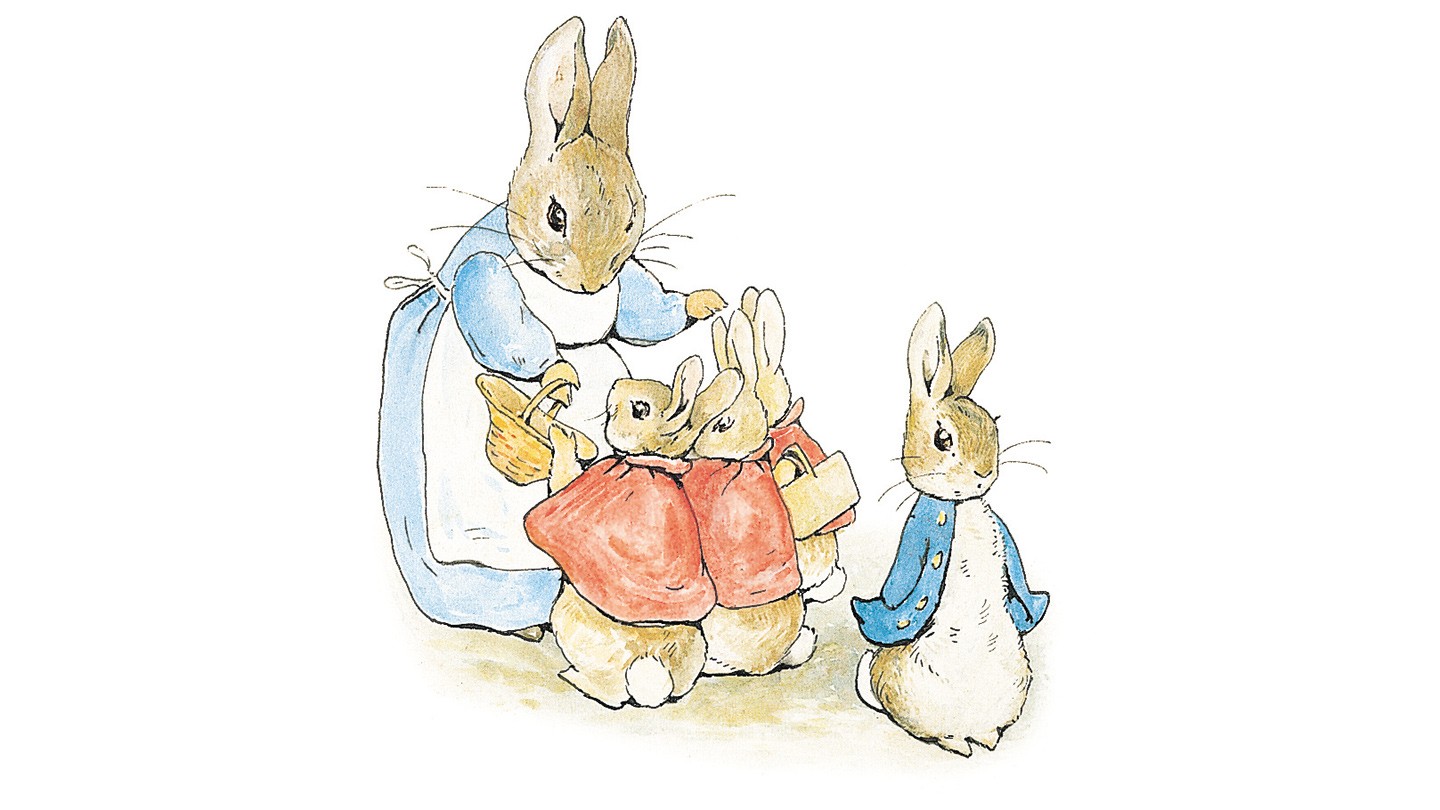
Ledger Legends: J.M Barrie, Beatrix Potter and Lewis Carroll
Spanning almost three centuries – from the 1700s to the 1960s – the handwritten ledgers in the Barclays archives contain a treasure trove of information about significant historic figures. In the first in a new series, we look at what the ledgers reveal about the literary lifestyles of children’s authors Beatrix Potter, Lewis Carroll and J.M. Barrie – who published a story about how a holey waistcoat led him to open his first bank account.
J.M. Barrie (1860-1937), the Scottish playwright and author of Peter Pan, opened an account at Pall Mall East, London – a Barclay & Co’s bank – in 1931. While no formal records survive, Barclays archivists have unearthed an article written by Barrie in Spread Eagle (a staff magazine) about how he came to be a customer.
In the piece, ‘How I joined Barclays bank’, Barrie describes how a hole in his waistcoat pocket caused his sovereigns – which he received for selling small crossed cheques – to run around him “like mice in a wall”. It was this, and his friend’s instruction to stop acting in such a “harum scarum way”, that prompted Barrie to finally concede that a bank account was needed, despite his misgivings.
The author offers an amusing description of encountering the bankers in the branch, who were “of medium height, slightly but firmly built, forty or forty-one years of age, and stand in an easy attitude, with nothing about them to suggest their vocation save that they keep their hands in their trouser-pockets”.
His description of cheque books as wobbling in his hands like “a trout” combine with his utmost surprise at just how useful a bank account can be. Barrie, converted, ends his story by affirming that: “No literary hand should be without one.”

Once upon a time there were four little Rabbits, and their names were Flopsy, Mopsy, Cottontail, and Peter
Published in 1901, Beatrix Potter’s The Tale of Peter Rabbit, continues to be one of the world’s best-loved children’s stories, bringing the author fame, fortune and literary distinction as her talking animals, charming plots and quaint pastoral scenes enchanted the masses. Potter (1866-1943) entrusted the original drawings for her beloved – and, later, extremely lucrative – ‘Peter Rabbit’ books in safe custody at Martins Bank, where Beatrix Potter was a customer prior to its merger with Barclays in 1969.
A special feature about the bank’s Ambleside, Lake District branch in the Martins Bank Magazine in 1946 highlights that staff where the precious drawings were kept were offered “the rare treat of being able to look at these pictures which have brought so much pleasure to children and grown-ups everywhere”.

Illustration from The Tale of Peter Rabbit by Beatrix Potter
© Frederick Warne & Co. Ltd, 1902,2002
The branch was also close to Hill Top farm, which – along with 15 other Lake District farms entrusted to the National Trust on her death – Beatrix Potter famously bought with the royalties from The Tale of Peter Rabbit. The farm provided Potter with the inspiration for much of her work and was also a popular spot for the bank’s staff to visit with their children, who, the feature states, would never fail to experience “the thrill of seeing the Beatrix Potter settings first hand”.

The probate register from the branch also survives, and lists Potter’s death in 1943 at her Lake District home, Castle Cottage. The author, who died from complications from pneumonia, is listed under her married name, HB Heelis.
Curiouser and Curiouser
Author of Alice’s Adventures in Wonderland Charles Lutwidge Dodgson (1832-1898) – better known by his pen name, Lewis Carroll – once banked with Parsons Thomson and Co (Oxford Old Bank) before its amalgamation with Barclays in 1900.

The leather-bound account ledgers shed light on Carroll’s life and his personal interests. Alongside regular deposits and payments from Carroll’s publisher Macmillan – which first published the world-famous Alice’s Adventures in Wonderland in 1865 – can be seen Carroll’s frequent purchases of photographic equipment. Having only been invented in 1839, photography was a relatively new phenomenon. Carroll was known to have been a budding amateur photographer and his most famous work was of Alice Liddell, the daughter of a family friend and the purported inspiration for his namesake character.
The accounts also show that Carroll financially supported his siblings and their children throughout his life, and supplemented his income with investments in railway shares. The first modern railroad had appeared between Liverpool and Manchester in 1830, capturing the public imagination and leading to a speculative boom and bust in railway stocks between 1843 and 1845 – a period known as ‘Railway Mania’. Carroll would later reference this in his nonsense poem, The Hunting of the Snark, written between 1874 and 1876: “You may threaten its life with a railway-share”.